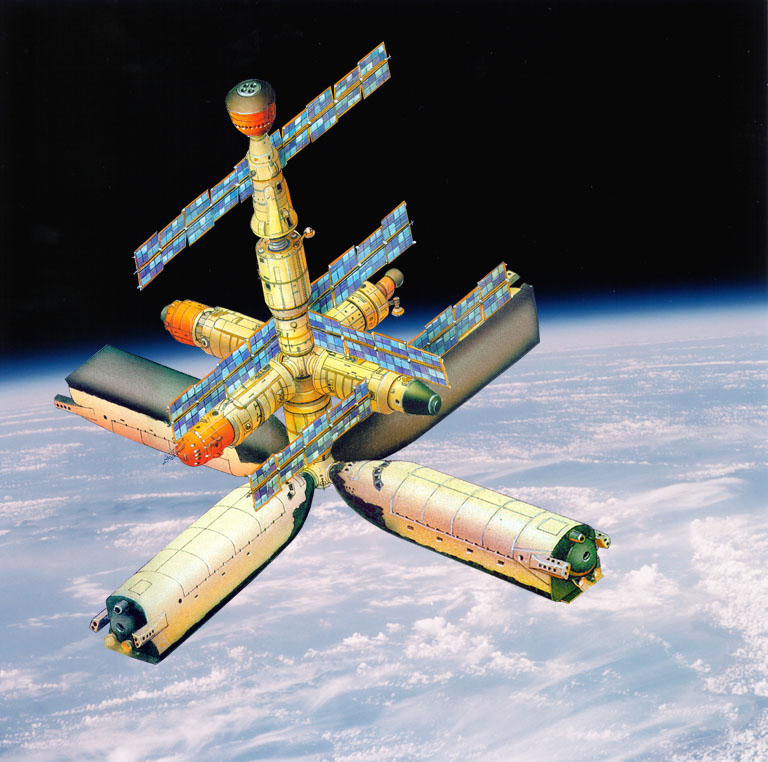
One might argue that they created the most advanced and versatile space-launch vehicle humanity had ever known. Many historians and engineers today say that by doing so, the Soviets actually built a better system than the U.S. At the same time, they rejected NASA's economic philosophy behind the shuttle, which promised cheap access to space, thanks to a total replacement of traditional rockets with low-cost reusable spacecraft, as well as the American approach toward its launch architecture.

As we now know from numerous unclassified documents and eyewitness accounts, Glushko's engineers did not blindly copy the shuttle but instead went through the long and painful process of determining an original architecture for the Soviet equivalent.Įventually they agreed that the aerodynamic shape and dual-swept wings of America's shuttle provided the best solution. However, politicians left room for engineers to choose the exact path to such a vehicle, an opening that Buran chief architect Valentin Glushko exploited. But while the resemblance between the spacecraft is striking, it turned out to be deceiving.Īt the outset of the Buran project in 1976, the Soviet leadership, indeed, gave its industry the task of developing a system with similar technical capabilities to the space shuttle. A long list of Soviet equivalents of Western technology, from vacuum cleaners and cars to aircraft and rockets, were straight-up copies. Once the Soviet winged spacecraft finally made its public debut after years of secret development, an urban myth spread that it was an exact replica of the American space shuttle.

But looking back 25 years later, some space experts say the USSR might have built a better shuttle, one that would have laid the groundwork for a new generation of launch vehicles, had it been able to weather the economic storms of the 1990s and the breakup of the Soviet Union. 15, 1988, the Buran reusable orbiter, the crowning achievement of the Soviet space program, made its first flight.

A quarter-century ago, it seemed like the space shuttle suddenly got a new sibling.


 0 kommentar(er)
0 kommentar(er)
